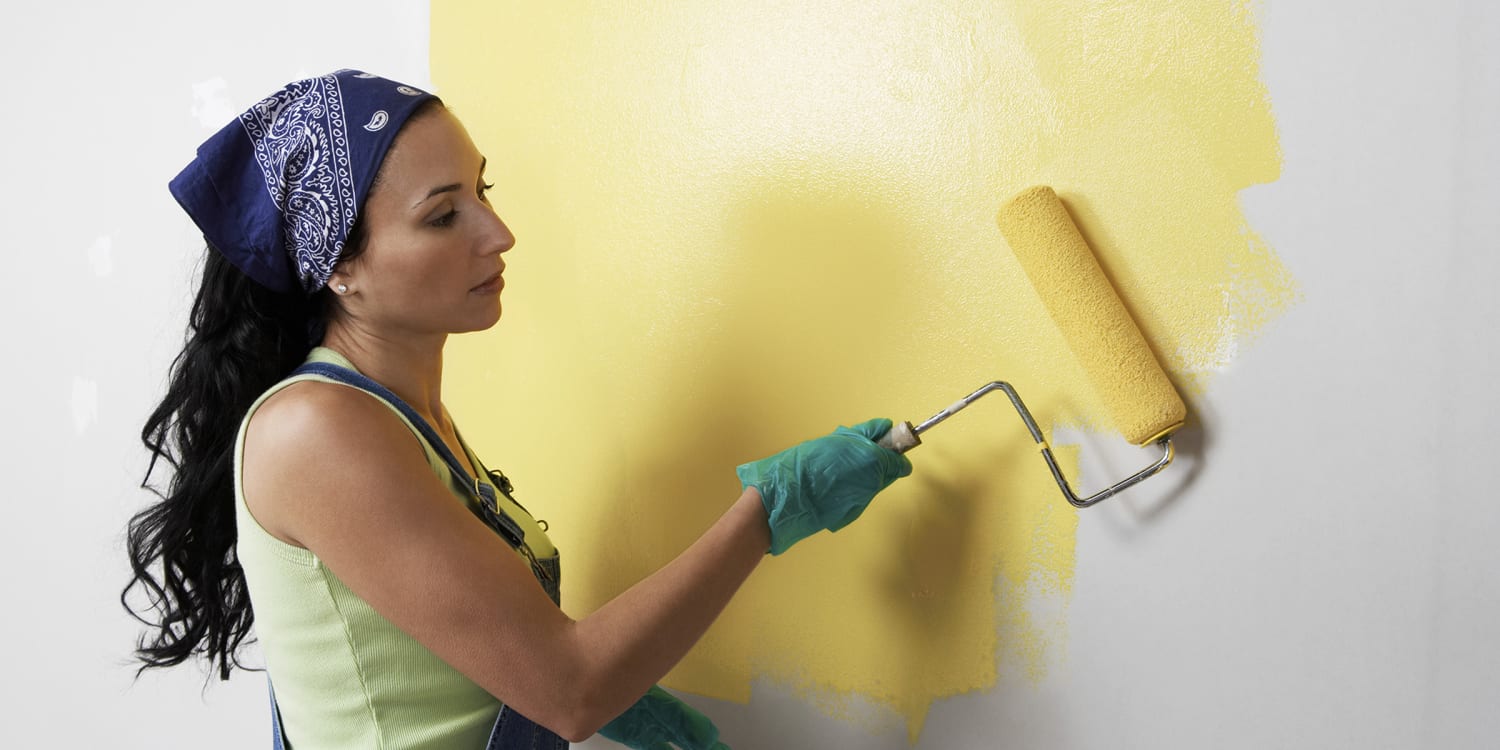A great painting contractor in Sacramento offered to give a couple of tips for the best ways to paint edges without making a mess. It seems like no matter how hard a painter tries to paint two-colored edges, one always gets mixed up with the other. When you have a light-colored trim, with a dark-colored wall, things can get a bit difficult when it comes to painting without making it look like a child did the job. If you want to learn how to paint great edges there are a few things that you have to keep in mind when you start the project. If you prepare your area the right way, you shouldn’t have to worry about any issues with your paint. Here are some tips to keep your painting project as neat and clean as any professional.
Table of Contents
Always Just Enough Paint
Sometimes when you paint, it is very tempting to dip the whole brush into the paint container. This is a big mistake and can cause a lot of problems with dripping and smudging. The proper way to dip the paintbrush into the paint is to gently dip the very tip of the brush in order to get just the right amount of paint for each couple of strokes. If you take your time to only use as much paint as you will use for a stroke or two, you will have less mess, and you will be able to administer your paint equally over the area you are painting. If your paintbrush is flat and does not have an angle, simply tilt it at a 45-degree angle, and dip the corner of it into the paint. A little goes a long way when it comes to painting trim.
Steady Strokes
Another mistake people often make is to smear the paint on in any way that seems right. This is not the way. When you look at the place you are getting ready to apply paint to, notice if there are any rough edges, or if there are any bumps or ridges that will throw your brush bristles off course. Once the area is clear of possible problems, hold your brush straight so that the bristles are in line with the line of your painting area and paint with steady strokes. Being a painter in Sacramento can be difficult at times because of the way that many of the old homes are built. If you are careful with your painting strokes, you can maneuver around the obstacles that many of these buildings have, and finish your job like a professional. Keep the brush steady in your hand, hold it at an angle that will help your strokes be straight so that the bristles won’t overlap your trim.
Using a Straight Edge
Many professional painters carry a straight edge of some sort in order to paint perfect edges. Whatever kind of tool works best for you, is the one for you. You can even purchase a staring edge tool from a hardware store. The way it works is that you hold the tool so that the straight edge of it covers the area that you want to protect. Once you have the tool in place, you use your other hand to paint the area that you are painting. You have to be careful though because if you try to glob paint there and expect the edge to protect the area you will most likely get bleedthrough from the paint. Although the edge tool can help to protect the area from getting painted on because it covers it, the paint is viscous enough to squeeze over the sides and penetrate the edge. If you remember to use just enough paint and keep a steady hand it will help you a lot.
Using Painter’s Tape
Using painter’s tape to paint the trim and the edges of a home or business is a great way to keep down on the messes. However, it is important to use tape that is of good enough quality that it will be effective. If you use cheap painter’s tape, you will cause more harm than good. If the tape is too strong, it can damage the existing paint underneath. If the tape is too soft, it will allow the paint to get underneath it and cause problems. High-quality painters tape will work great every time if you use it correctly.
- You cant’ allow the paint to dry completely
- You can’t pull the tape off too soon
- You can’t pull the tape off too quickly
- You can’t pull the tape off too slowly
If you allow the paint to dry all the way, you will peel off the dried tape and ruin the job. If you pull off the tape too soon, you will cause the paint to run. If you yank the tape off too quickly, you can cause the paint to tear, and if you pull the tape off too slowly you can cause other problems. The key is to pull the tape off of the paint at just the right time and at just the right pace.
Conclusion
It is not difficult to paint edges without making a mess. The secret is to take your time and don’t rush it. If you try to rush a paint job, there is a good chance that you will cause more problems down the road. Paint carefully, and stay steady. This way you will do a great job.





